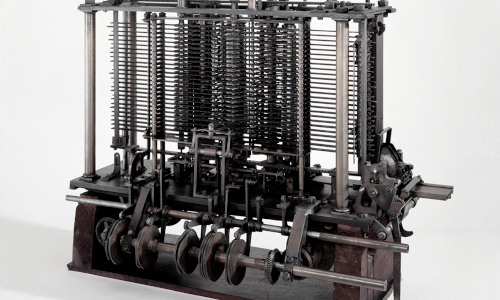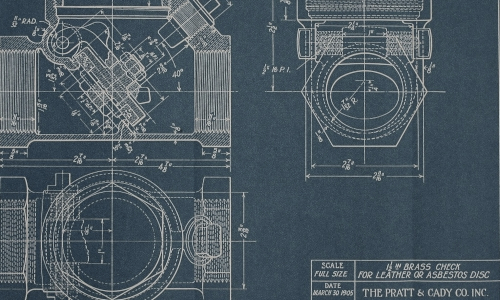Brief History of Computing
Babbage designed and then Turing formalized the first programmable computing devices, and humanity made the greatest step forward in a civilization’s history: making "thinking" machines. The vacuum tubes and the semiconductor chips enabling this step, changed every sector of society in the 20th century. We now find ourselves at the cusp of the next profound revolution in information science, at the intersection of physics, mathematics, and computer science as we begin to build machines that harness the full computational power that the laws of the universe promise us: enabling quantum computing, new forms of secure communication, and quantum-enhanced precision sensing.
Where We Fit In
We work on the design, control, and optimization of quantum hardware for computation and networking, from its analog physical description up to the compilation of error-corrected logical circuitry running on it. Our research centers around leaky abstraction boundaries between the many layers of technologies making up the field of quantum computing and quantum information science.


